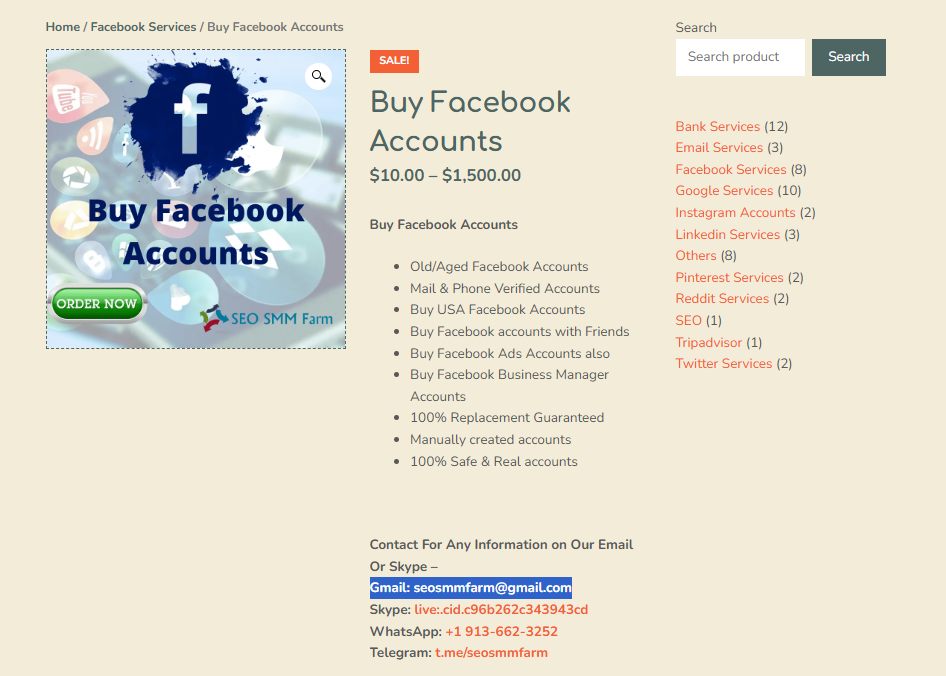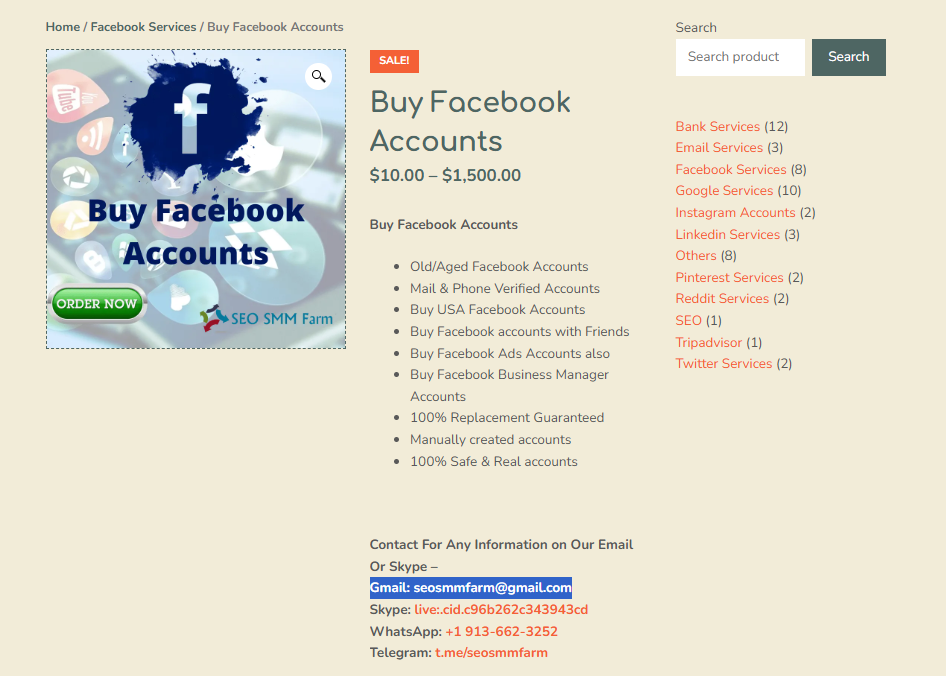How to Optimize Your PPC Campaign for Maximum ROi

Strong 8k brings an ultra-HD IPTV experience to your living room and your pocket.
Pay-per-click (PPC) advertising is one of the most effective ways to drive targeted traffic to your website. However, simply running a PPC campaign isn’t enough—you need to optimize it to ensure you're getting the best return on investment (ROI). Whether you're using Google Ads, Bing Ads, or any other PPC platform, optimizing your campaigns can help you maximize results, improve performance, and drive more qualified leads while minimizing wasteful spending.
In this guide, we’ll walk you through key strategies to optimize your PPC campaigns for maximum ROI, from refining your targeting to improving your ad copy and leveraging advanced features.
1. Set Clear, Measurable Goals
The first step to a successful PPC campaign is defining clear goals. Without specific goals in place, it’s impossible to measure success or understand how well your campaign is performing.
What you should do:
Identify your objectives: Are you aiming for more website traffic, lead generation, sales, or brand awareness? Your goals will shape the rest of your campaign.
Use SMART goals: Ensure your goals are Specific, Measurable, Achievable, Relevant, and Time-bound. For example, “Increase website traffic by 20% over the next 3 months” is a clear and measurable goal.
Set KPIs: Key performance indicators (KPIs) like Cost per Acquisition (CPA), Return on Ad Spend (ROAS), and click-through rate (CTR) help you track whether you’re meeting your goals.
Once your goals are set, you’ll have a clear benchmark for optimizing your campaign’s performance.
2. Refine Your Targeting
The more specific your targeting, the more likely you are to attract the right audience and avoid wasting budget on irrelevant clicks. PPC platforms like Google Ads offer various targeting options that can help you reach the most relevant users.
What you should do:
Use keyword targeting effectively: Make sure you’re bidding on highly relevant keywords that reflect user intent. Tools like Google Keyword Planner can help you identify the most valuable keywords for your business.
Use negative keywords: Negative keywords prevent your ads from showing up for irrelevant searches. For example, if you sell premium products, you might add “cheap” or “discount” as negative keywords to avoid wasting clicks on people looking for bargains.
Geo-targeting: If your business serves specific locations, target your ads to only show in those geographic areas.
Device targeting: Adjust bids based on device performance. If your mobile traffic converts better than desktop, increase your mobile bids accordingly.
By refining your targeting, you can ensure that your ads are reaching the right people at the right time, leading to more qualified clicks and better ROI.
3. Optimize Your Ad Copy
Your ad copy is the first impression users have of your brand, so it needs to be compelling enough to encourage clicks. High-quality, well-written ads can dramatically improve your CTR and drive more qualified leads.
What you should do:
Write clear, benefit-driven headlines: Your headlines should immediately convey the value of your offer. Instead of simply describing a product, highlight how it solves a problem or meets a need.
Include strong calls-to-action (CTAs): Encourage users to take immediate action with phrases like “Shop Now,” “Get Started,” “Claim Your Offer,” or “Learn More.”
Use ad extensions: Take advantage of ad extensions (such as site link, callout, and structured snippets) to provide more information and give users additional reasons to click.
Test different versions of your ad copy: A/B testing allows you to experiment with variations of your ad copy to see which resonates best with your audience. This is especially important for improving CTR.
Writing highly relevant, targeted, and persuasive ads will increase your CTR, reduce your CPC, and ultimately improve your ROI.
4. Improve Your Landing Pages
Your landing page plays a crucial role in converting ad traffic into customers. Even the best ad will underperform if the landing page isn’t optimized for conversions.
What you should do:
Align landing pages with ad copy: Ensure that the content on your landing page matches the promise made in your ad. If your ad offers a 20% discount, make sure that discount is clearly displayed on the landing page.
Simplify navigation: Avoid distracting elements or complex navigation that may cause users to bounce. A focused, straightforward page will keep visitors engaged.
Optimize for mobile: A significant amount of PPC traffic comes from mobile devices, so make sure your landing page is mobile-friendly.
Use clear CTAs: Make it easy for visitors to know what to do next. Your CTA should be visible, actionable, and easy to follow.
A well-designed, high-converting landing page will significantly increase your chances of turning clicks into valuable actions, improving your overall ROI.
5. Monitor and Adjust Your Bidding Strategy
Your bidding strategy directly impacts your campaign’s efficiency and profitability. Choosing the right bidding strategy can help you control your ad spend while maximizing performance.
What you should do:
Choose the right bidding model: Google Ads offers various bidding options like Cost Per Click (CPC), Cost Per Thousand Impressions (CPM), and Cost Per Acquisition (CPA). If your goal is to drive clicks, CPC bidding may be the best option. If you’re focused on conversions, CPA or Target ROAS (Return on Ad Spend) might be more effective.
Set your bids strategically: If you’re bidding manually, start with a competitive bid for your top-performing keywords. Monitor performance and adjust bids based on what’s delivering the best ROI.
Automated bidding: Consider using automated bidding strategies, such as Enhanced CPC or Target CPA, to let Google automatically adjust bids for optimal performance.
Regularly monitor your bid strategy and adjust based on performance to ensure you’re not overpaying for clicks or underbidding on high-converting keywords.
6. Leverage Retargeting
Retargeting is a powerful strategy for improving ROI by targeting users who have already interacted with your brand but didn’t convert. This ensures you’re reaching an audience that’s already familiar with your business and more likely to convert.
What you should do:
Set up retargeting campaigns: Use Google Ads or other platforms to retarget website visitors, cart abandoners, or users who engaged with your previous ads.
Segment your audience: Customize retargeting ads based on the user’s behavior. For example, offer a discount to cart abandoners or show them related products.
Create compelling ad copy for retargeting: Remind users of the value of your product or service and offer incentives, like special discounts, to encourage them to return and convert.
Retargeting campaigns typically see higher conversion rates because you're re-engaging an audience that’s already shown interest in your offerings.
7. Utilize Ad Scheduling
Ad scheduling allows you to run your ads only at times when your audience is most likely to convert, maximizing the efficiency of your ad spend.
What you should do:
Analyze performance data: Review the times and days of the week when your ads perform best. If you notice that conversions peak during certain hours, schedule your ads to show more frequently during those times.
Adjust bids for high-conversion times: Increase bids during peak conversion times to ensure your ads are prominently displayed.
Optimizing ad scheduling can help you get the most out of your budget by focusing on high-performing periods.
8. Analyze and Optimize Campaign Performance Regularly
PPC campaigns are dynamic and require regular monitoring and optimization. By analyzing key performance metrics, you can make data-driven decisions that enhance your campaign’s performance and ROI.
What you should do:
Track key metrics: Keep a close eye on CTR, CPC, conversion rate, and ROI. If a campaign or ad group isn’t performing well, make adjustments.
Optimize underperforming ads: Pause ads with low CTR and high costs, and test new ad copy or targeting options.
Use Google Analytics: Integrate Google Analytics with your PPC campaigns to track user behavior on your site and identify areas for improvement.
Continuous optimization is key to maintaining a high ROI on your PPC campaigns. Always be testing, analyzing, and adjusting.
Conclusion
Optimizing your PPC campaigns for maximum ROI is an ongoing process that requires constant attention and refinement. By setting clear goals, refining your targeting, improving ad copy, optimizing landing pages, and continuously monitoring and adjusting your bids and strategies, you can achieve better results and maximize the effectiveness of your ad spend.
With these strategies in place, you can drive more qualified traffic, reduce wasteful spending, and ultimately achieve a higher return on investment for your PPC campaigns.
Note: IndiBlogHub features both user-submitted and editorial content. We do not verify third-party contributions. Read our Disclaimer and Privacy Policyfor details.



